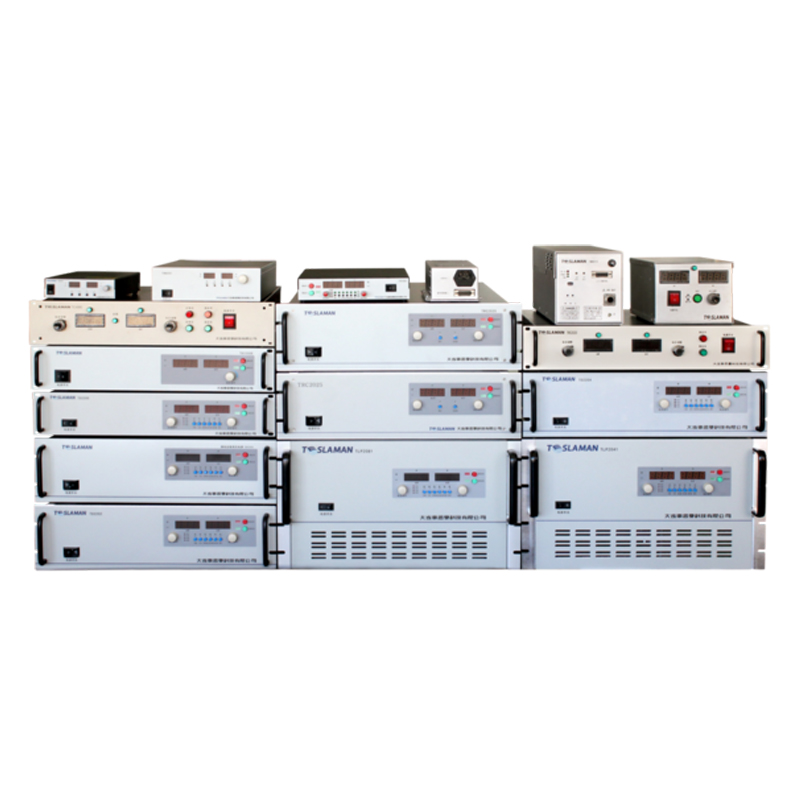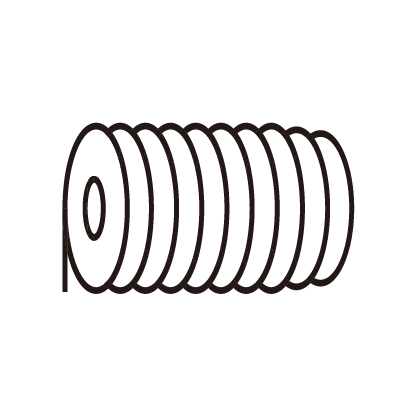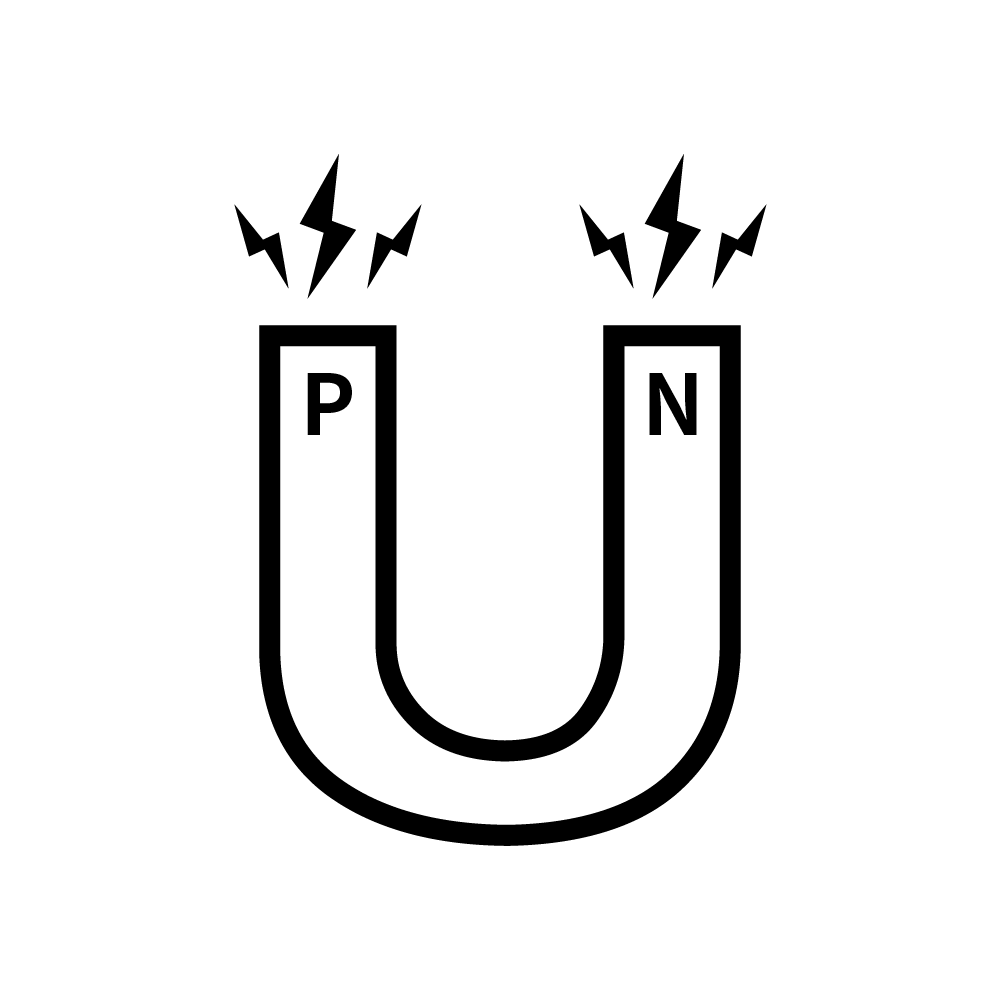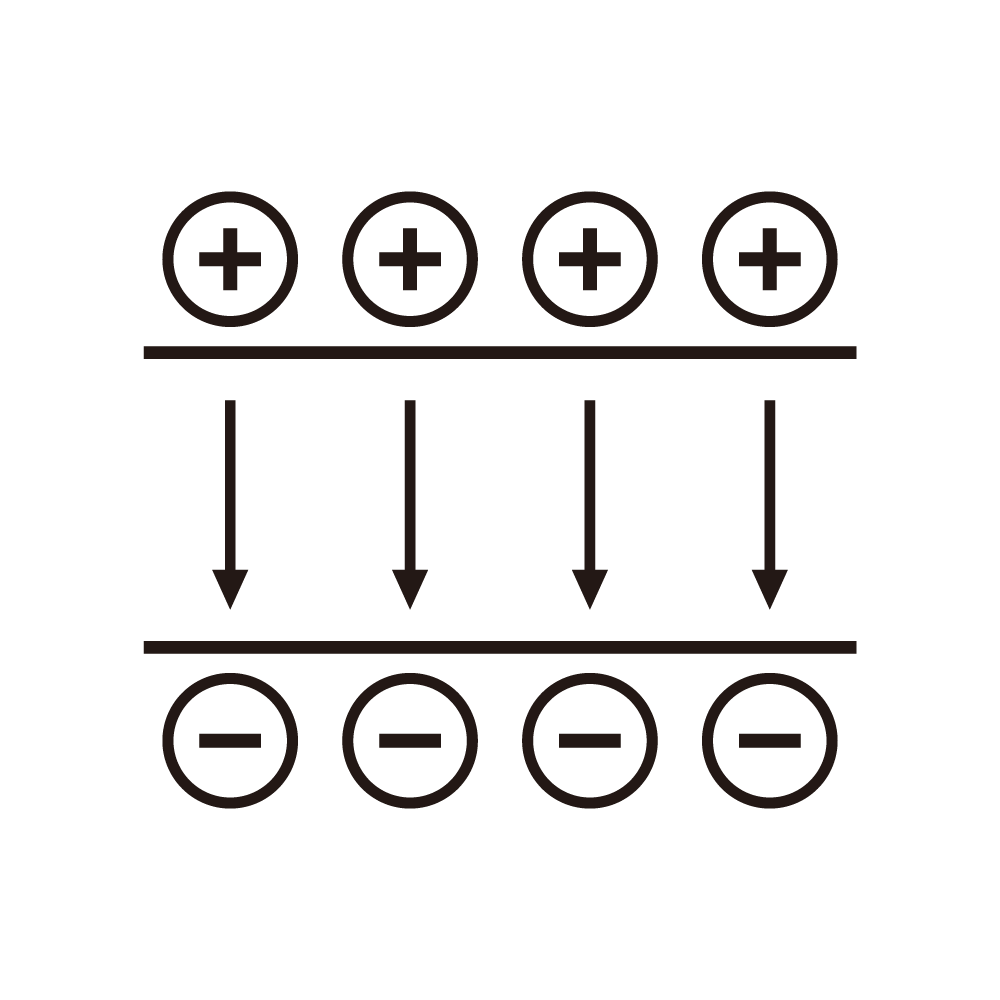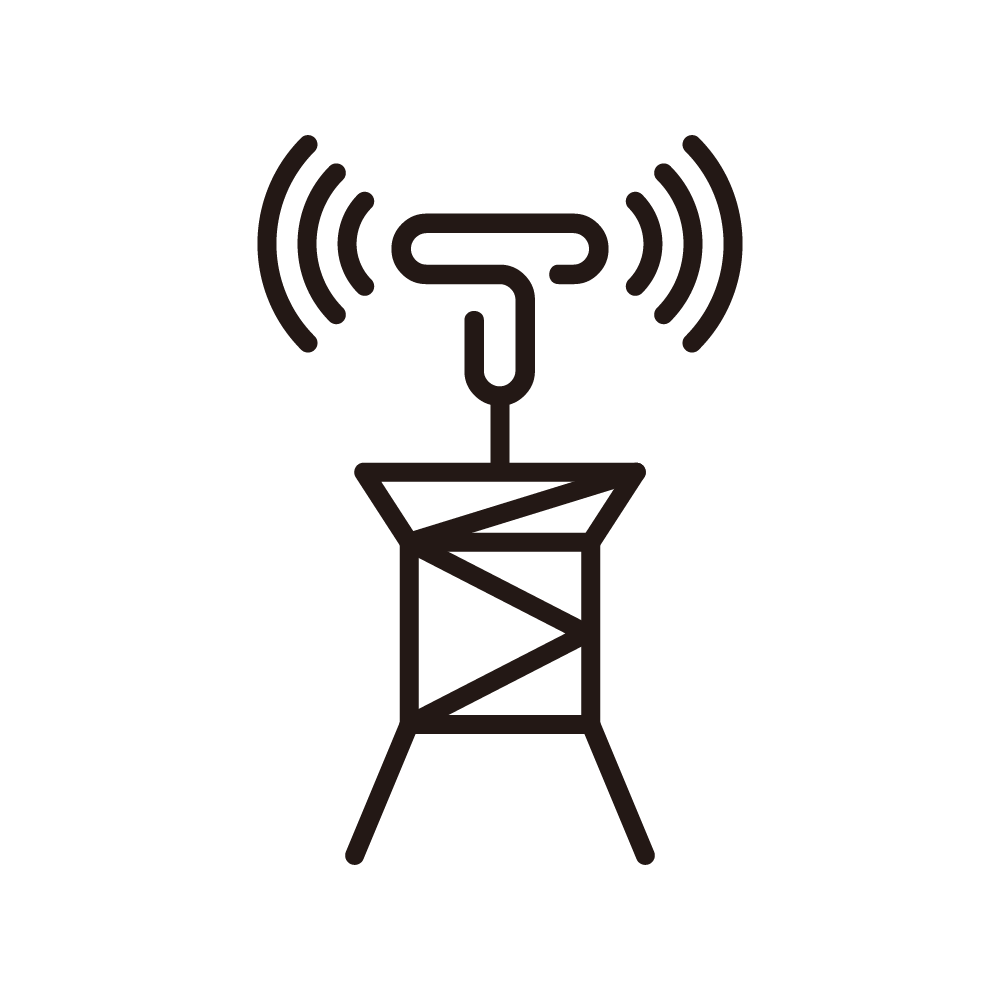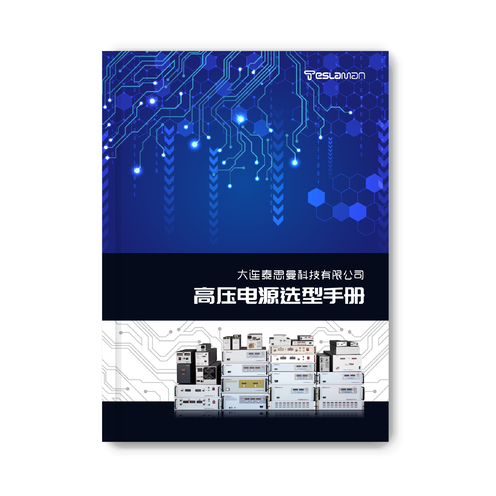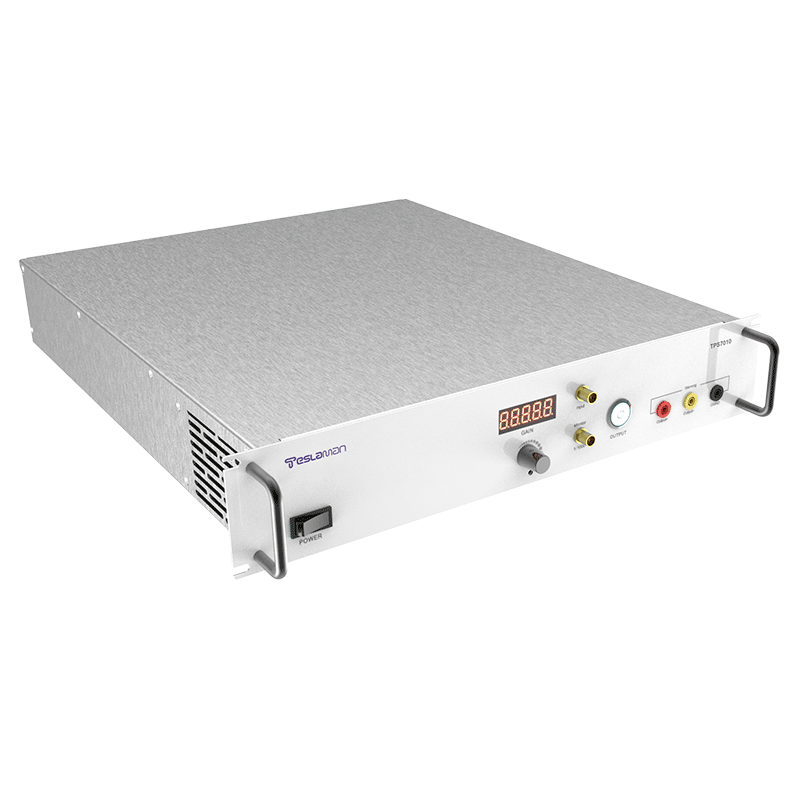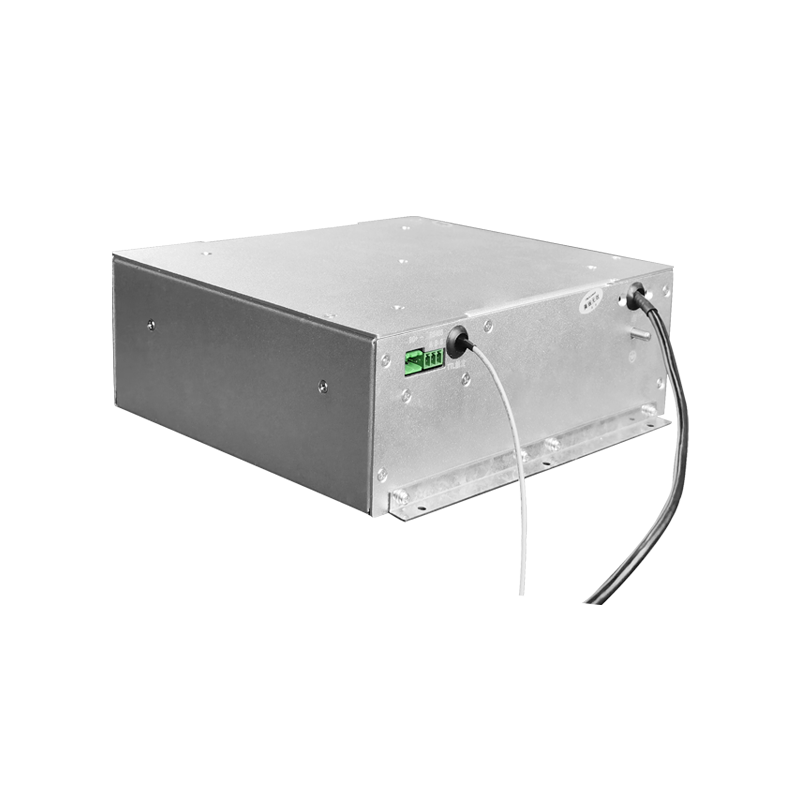Research on the Discharge Characteristics of 225kV High-Voltage Power Supplies
In modern high-voltage technology applications, 225kV high-voltage power supplies are widely used in fields such as particle accelerators, high-voltage insulation testing, and pulsed power systems due to their ability to provide high-intensity electric field environments. However, the complex discharge phenomena and their characteristics at this voltage level are directly related to the stability and safety of equipment operation. In-depth research on the discharge characteristics of 225kV high-voltage power supplies is of great significance for optimizing system design and enhancing application reliability.
The discharge forms of 225kV high-voltage power supplies exhibit diverse characteristics. In insulating media, phenomena such as surface discharge and bulk breakdown discharge may occur. Surface discharge occurs because the high-voltage power supply creates an uneven electric field on the surface of the insulating material, leading to the accumulation of surface charges and ultimately the formation of a discharge channel. Bulk breakdown discharge occurs when the electric field strength exceeds the withstand limit of the insulating medium, causing ionization inside the medium and the formation of a penetrating discharge channel. In addition, in a gaseous environment, corona discharge is also a common form. When the electric field strength on the electrode surface reaches the ionization threshold of the gas, a faint glow and a hissing sound will appear around the electrode. Although the initial energy loss is small, continuous development may lead to flashover, threatening system safety.
The discharge characteristics are affected by multiple factors. The electrode structure and material are key influencing factors. Sharp electrode edges are prone to electric field concentration, reducing the initial discharge voltage. In contrast, using electrodes with a smooth surface and a large radius of curvature can effectively suppress local electric field distortion and increase the discharge threshold. The performance of insulating media cannot be ignored. Different insulating materials have significant differences in dielectric constant and breakdown field strength, and the humidity and impurity content of the media will greatly reduce their insulation performance, increasing the risk of discharge. Environmental factors such as air pressure, temperature, and humidity also change the ionization characteristics of gases. For example, in a low-pressure environment, the mean free path of gas molecules increases, making collision ionization more likely to occur, resulting in a decrease in the initial discharge voltage.
To effectively control the discharge behavior of 225kV high-voltage power supplies, targeted optimization measures are required. In electrode design, structures such as grading rings and shielding covers can be used to improve the electric field distribution. In the selection of insulating materials, composite insulating materials with corona resistance and high breakdown field strength should be preferred, and the drying and cleaning of insulating media should be strengthened to reduce the impact of impurities on insulation performance. At the same time, by monitoring environmental parameters in real time and establishing a discharge early warning model through simulation analysis, the operating parameters of the power supply can be adjusted in a timely manner before the occurrence of discharge, reducing the probability of discharge.
The research on the discharge characteristics of 225kV high-voltage power supplies is an important basis for ensuring their safe and efficient operation. By analyzing the discharge forms, clarifying the influencing factors, and implementing optimization strategies, harmful discharge phenomena can be effectively suppressed, providing more reliable technical support for the application of high-voltage technology in various fields.
